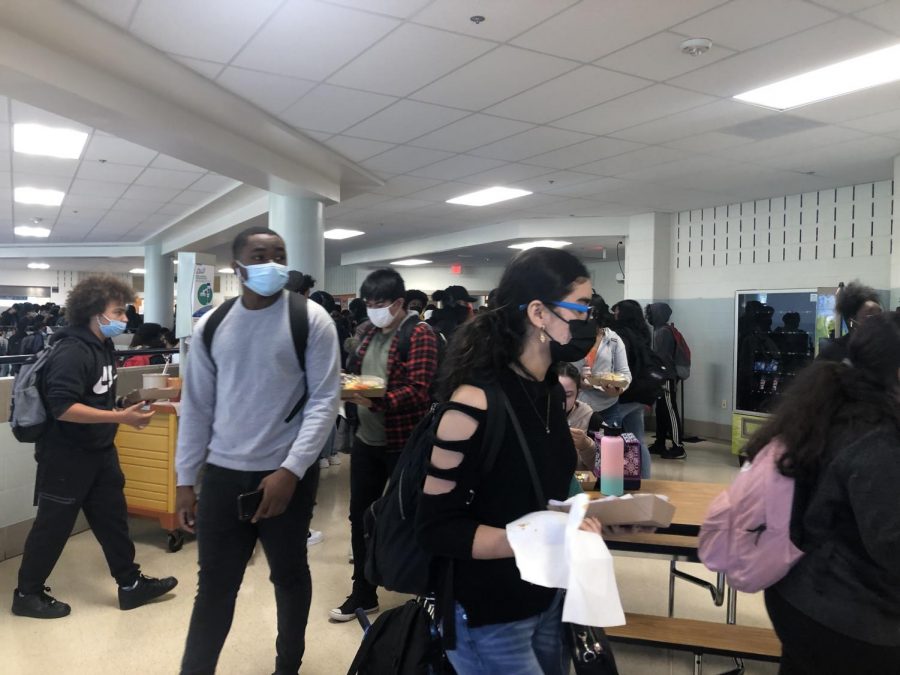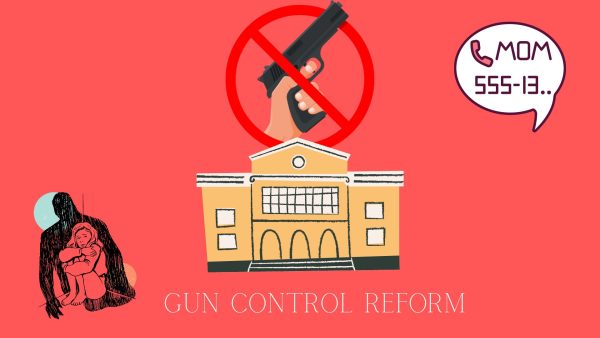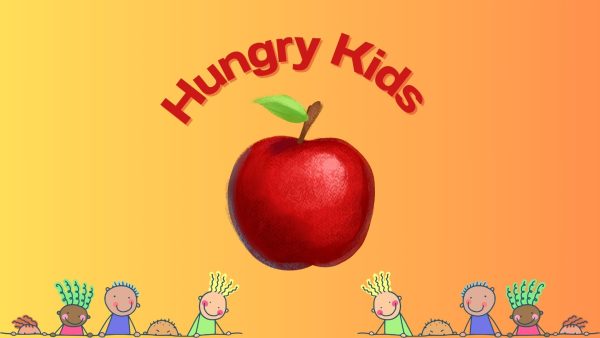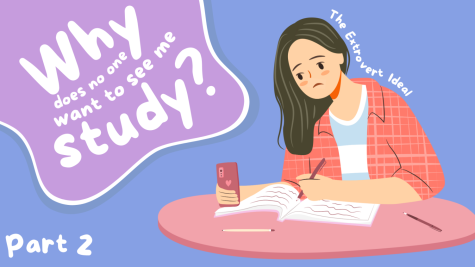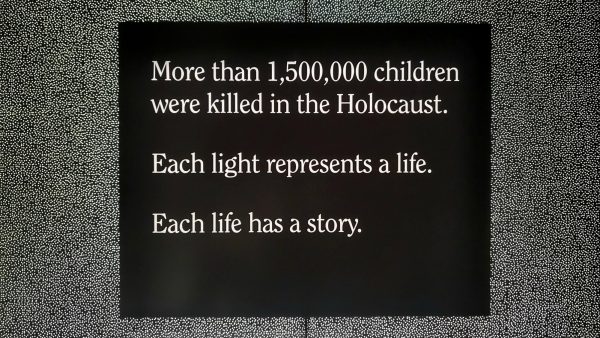Lunch needs to be longer to allow students time to eat and get instructional help
Lunch time isn’t long enough to allow students to eat, finish work, or get any needed help. Here’s how to fix it.
Lunch at Watkins Mill High School is used for many things: eating, hanging out with friends, catching up on schoolwork, or getting help from a teacher.
But while lunch is 38 minutes long, class periods are 47 minutes long, leaving many students with not enough time to get their lunch from the cafeteria and eat.
According to assistant principal Kerrin Torres, short lunches allow more instruction time during class, “The goal is to maximize the instruction time so we want students in classrooms with our teachers, as much as possible.”
Maximizing instructional time is important, especially after last year’s virtual learning. But many students and teachers feel that the shorter lunch does not provide the opportunity for either group to both eat and work.
“I feel as if the shorter lunchtime doesn’t give me enough time to eat, get help from teachers, and take a break from class.” junior McKenzie Arriaga said.
In the 2019-2020 school year, 81.8% of the student population at WMHS were reported to receive Free And Reduced Meals (FARMS) that year or in the past. FARMS is a program used in Montgomery County Public Schools to provide students from low-income families with more affordable meals; many students often qualify for completely free meals due to having a financially unstable household.
Other high schools in the county, like Winston Churchill High School and Walt Whitman High School, are located in affluent areas and have rates of 9.5% and 5.1% respectively. This puts into perspective just how high WMHS’s FARMS rate of 81.8% is.
This means that eight out of every ten students come from homes where buying food is or has been too financially strenuous and thus these students rely on the meals provided by the school. It’s also important to recognize that after a year of the pandemic causing many families—especially many families of color and those from low-income households—to lose jobs, earn less income, and be tight with money, it is only expected that even more WMHS students need assistance from FARMS.
With so many people receiving free and reduced meals, getting lunch now takes more time. And that means that the students who can afford to bring food from home are given the advantage of being able to go to teachers for help, whereas students who need free or reduced meals have to choose between eating and seeking help from teachers.
In a year where students are not allowed to eat during classes due to masking requirements, this is an unconscionable divide. Students who are already disadvantaged need more help and support, not less. And the ability to receive that support should not come at the sacrifice of a meal.
“Students have said to me that the lunch lines are so long, they say they barely have enough time to get their lunch and eat it.” science teacher Laura Davis-Vaughan said.
This would be an easy fix: change the schedule to make lunch the same length as a class period. Cutting two minutes off of each class would not drastically affect learning, yet would allow students to both eat and work. It also allows students to make up tests, which is not possible in a shorter lunch period.
This change would greatly benefit students by giving them time to do any work/study for an assignment, eat, and get help from teachers. We urge the administration and instructional leadership team to make this change.
Hits : 1906
Ruth Okello is an IB Diploma senior at Watkins Mill High School and Arts and Entertainment Managing Editor of The Current. She is a leadership member for...


